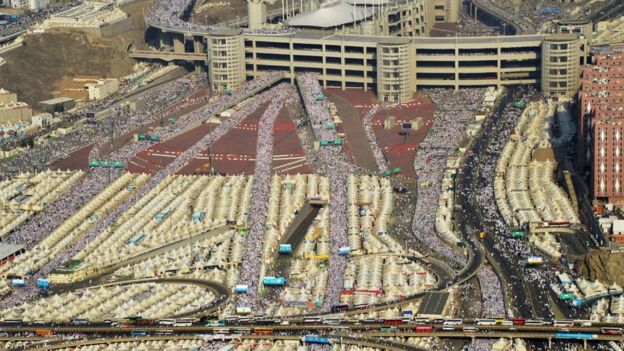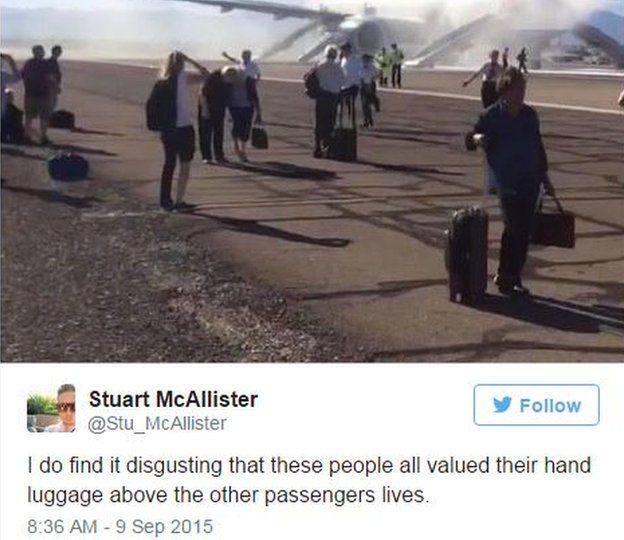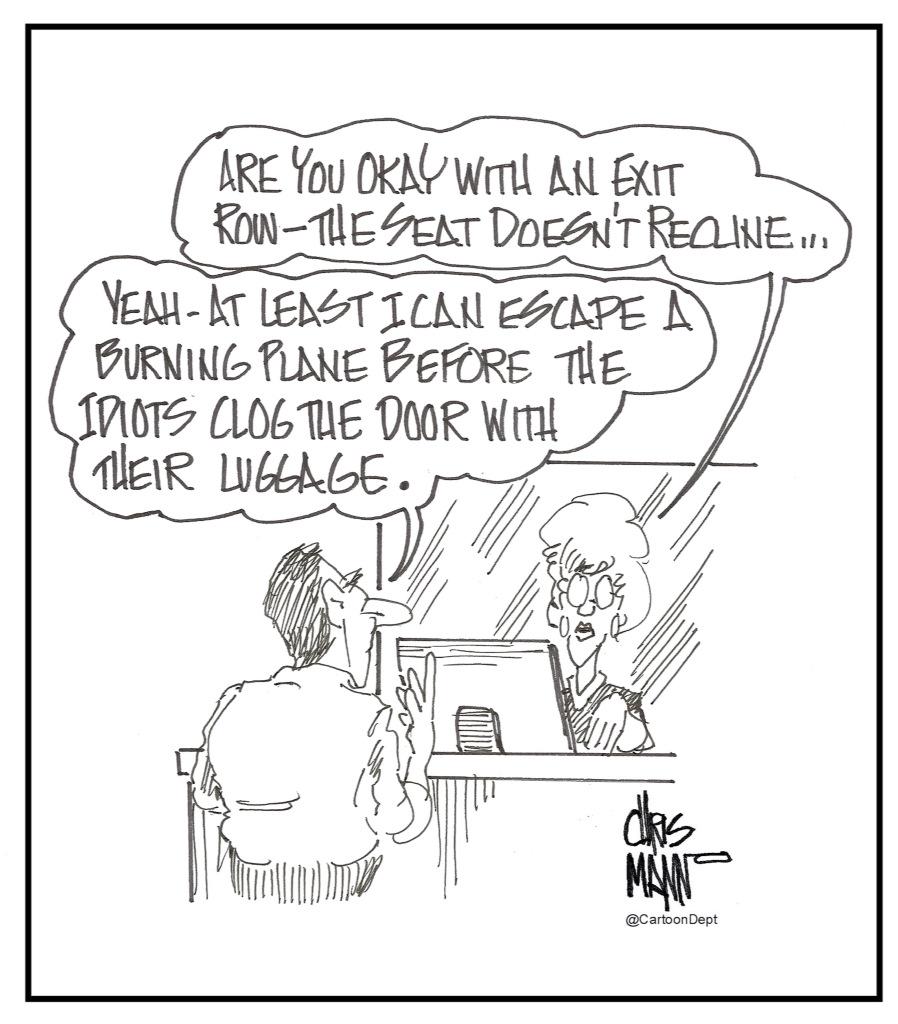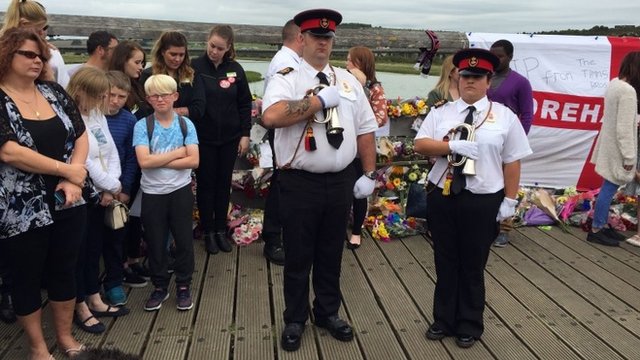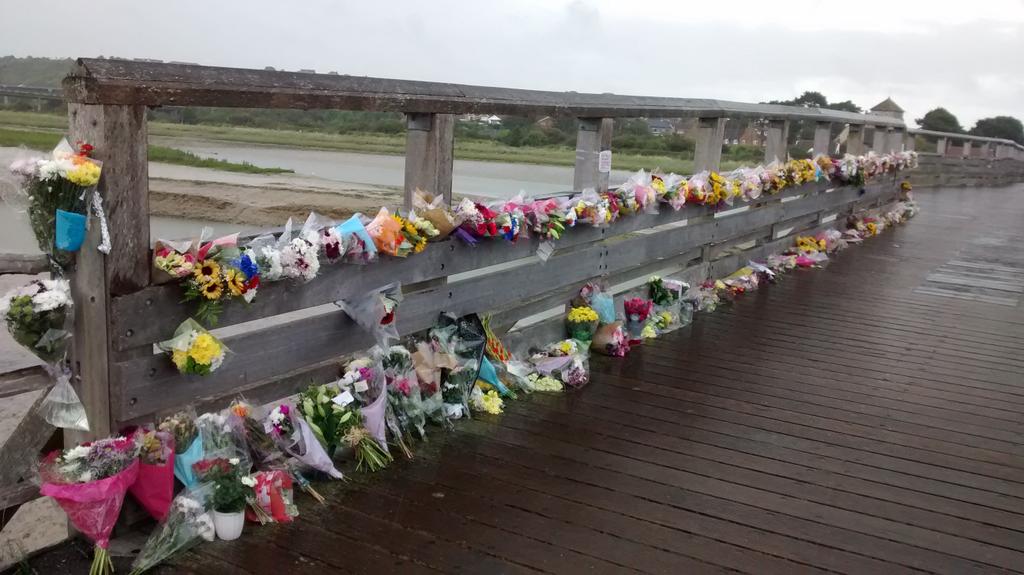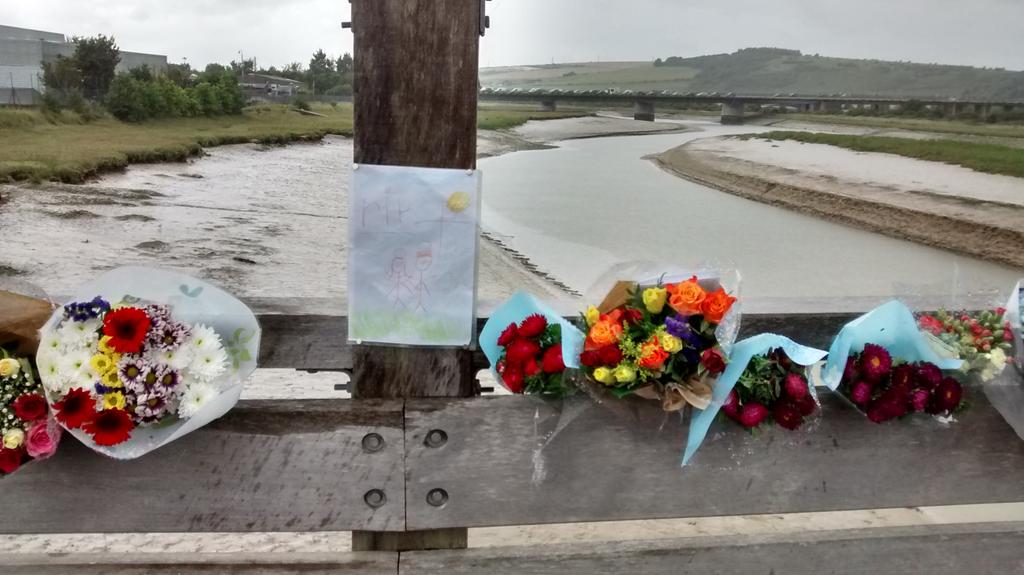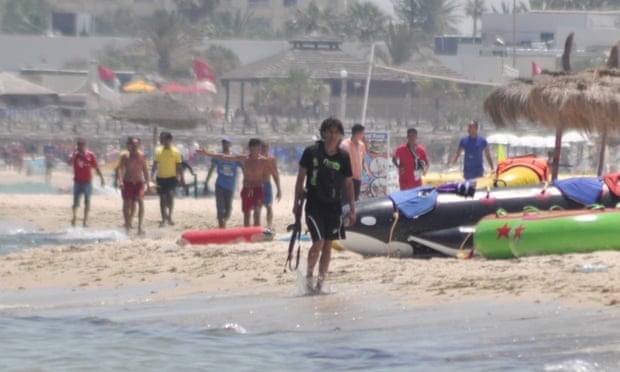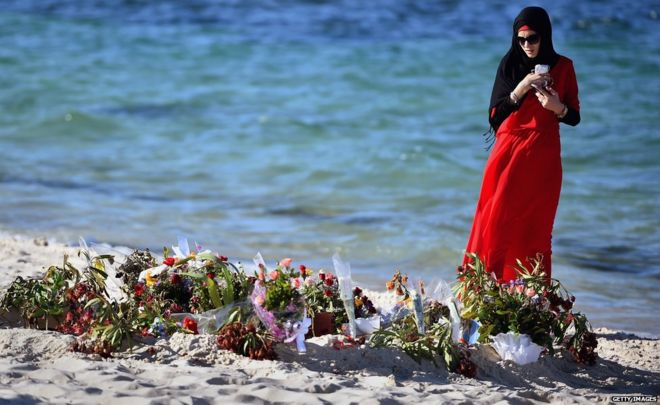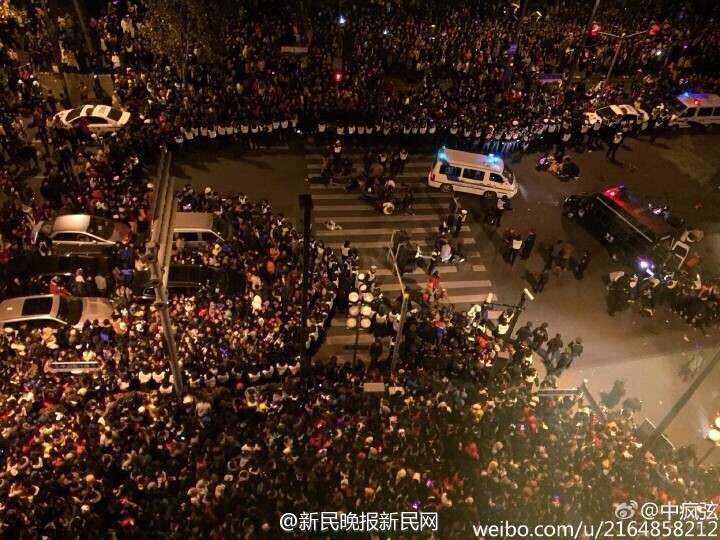
Volunteers from AMYA in action
'Looting' - a disaster myth:
However, despite this widespread outpouring of humanity, elements of the media have talked about how the floods have brought out a darker side of human nature. This has been apparent in the current emphasis being placed on the tiny minority of anti-social acts that have happened so far, and their willingness to use the term 'looting' before any detailed examination of the facts has happened. For instance, the introduction to the evening edition of Channel 4 News on 29/12 referred to 'looting', but no evidence was produced in any of the reports to back up this assertion. This isn't to say that crime has been non-existent , and reports have been emerging of isolated crimes in flood-hit areas. For instance, the BBC have reported that a man was arrested on suspicion of theft of goods from outside flood damaged properties in Mytholmroyd, (causing a storm of outrage from members of the public on the the West Yorks Police-Calderdale Valley Facebook site), and a bike shop in nearby Todmorden has also been burgled. These events resulted in local bikers offering to set up anti-looting patrols, but an LBC radio journalist later tweeted that West Yorkshire Police had declined this offer & set up extra patrols to reassure the public. Furthermore, the Police commented that the burglary at the bike shop was an isolated incident, and there was 'no suggestion it was widespread'. Finally, the BBC has reported that homes in York are being targeted by 'looters', saying 'a number of houses were broken into' . However, the Press Release issued by North Yorkshire Police refers to only 2 properties in the same street being affected- which sounds a lot less widespread than is implied in the original BBC report. This use of language is not mere semantics, because use of terms such as 'looting' (as opposed to 'theft or burglary'), invoke images of the breakdown of law and order/ anarchy etc. This can then create real fear in people, increase suspicion of others and even exacerbate social divisions, when they arguably need to be more united than ever before as they rebuild their communities.

Local bikers offer 'anti-looting' patrols
Overall, I would argue that so far we have seen very little examples of widespread anti-social behaviour in response to the floods and what has been far more common has been the generalised altruism and co-operation shown by those communities directly affected and also from outside volunteers coming in to help others. Unfortunately, the media still cling to the irrationalist notion that behind this veneer of cooperation we have seen so far, there lurks a darker side of humanity which we need to fear, and this is a depressingly familiar narrative in media coverage. In a previous post on Typhoon Haiyan in the Philippines in Nov 2013, I looked at how the media often exaggerate the breakdown of law and order when communities are struck by natural disasters. This isn't to say that there isn't any anti-social behaviour at all after disasters, but crime rates tend to fall (although it would be naive to expect them to disappear altogether!) and that any instances are the exception and not the rule. Therefore, as suggested by Jacob (2008) in his study of New Orleans after Hurricane Katrina in 2005, the idea of widespread anti-social behaviours such as 'looting', is one of many disaster myths perpetuated in social discourse that just doesn't stand up to detailed scrutiny of events in their aftermath.
A live map of areas affected by the flooding in the UK can be accessed here
References:
Cocking, C (2013) Collective resilience versus collective vulnerability after disasters- a Social Psychological perspective. In R. Arora (Ed.), Disaster Management: A Medical Perspective (pp.449-463). CABI: Oxford, UK.
Drury, J. (2012). Collective resilience in mass emergencies and disasters: a social identity model. In: Jetten, J., Haslam, C. and Haslam, S. A. (Eds), The Social Cure: Identity, Health and Well-being (pp. 195-215). Psychology Press, Hove, UK.
Drury, J., Cocking, C., & Reicher, S. (2009). Everyone for themselves? A comparative study of crowd solidarity among emergency survivors. British Journal of Social Psychology; 48(3), 487-506.
Jacob, B, Mawson, A, Payton M & Guignard (2008) Disaster mythology and fact: Hurricane Katrina & Social attachment. Public Health reports, 123. 555-566.


